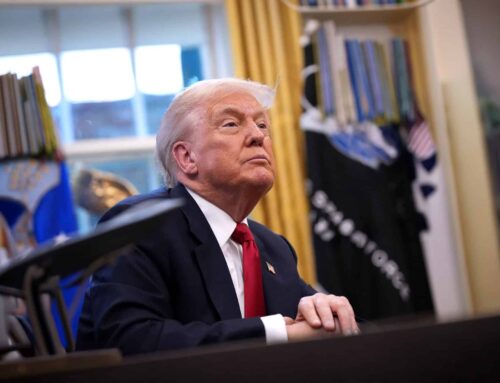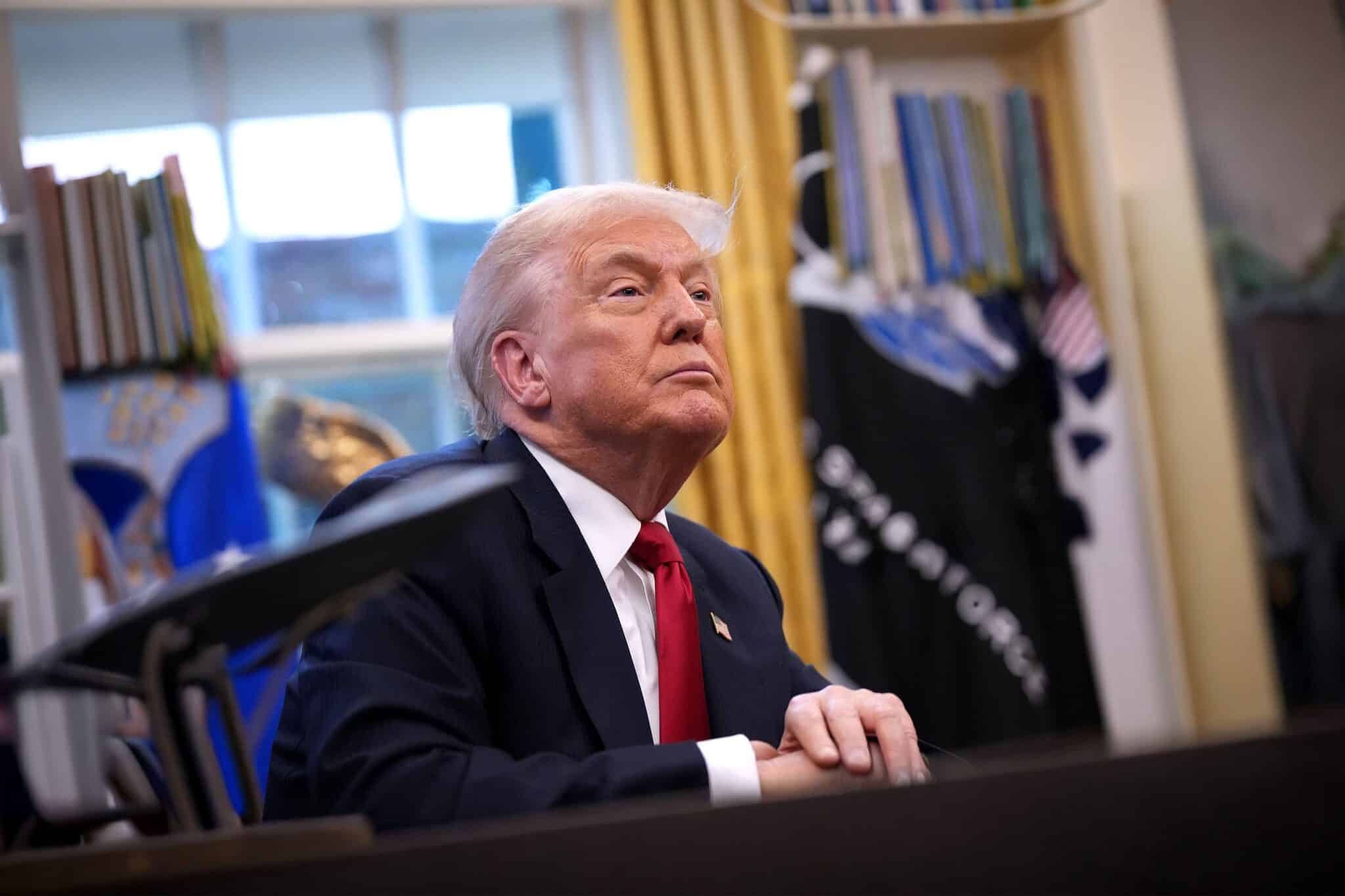Last year, Congress decided to try on an earmark-free suit. The fashion jury is still out on the final results. For instance, a look at the FY12 omnibus spending bill passed in December shows that Congress is still adding plenty of money to its favorite parts of the defense budget, just in plainer clothing. Instead of the garish earmarks of the past, there are safe, vague additions that don’t make clear why the money is there or how the Defense department (DOD) should prioritize and allocate the funding. Unfortunately, neither DOD nor anyone else in the executive branch is providing a truthful mirror.
The best place to see this trend is the research, development, testing and evaluation (RDT&E) account of the DOD bill. RDT&E always attracted the most earmarks because that’s where lawmakers can fund various technologies from relatively small businesses or universities back home. Under the disclosure regime of the past few years, lawmakers had to submit letters detailing their project, its location, and performer. The FY10 defense spending bill was littered with more than 1,700 disclosed earmarks worth $4 billion: RDT&E accounted for nearly 1,400 of those earmarks, totaling $3.8 billion.
Congress placed a moratorium on earmarks in the FY12 budget, but rather than disappearing completely, it seems that some may have morphed into a new form. For example, the Army received $9.6 million for four RDT&E earmarks in FY10 for nanotechnology projects. These included “Nanotechnology-Enabled Self-Healing Anti-Corrosion Coating Products,” requested by New Jersey Sens. Lautenberg (D) and Menendez (D) as well as Rep. Holt (D) and performed by American NanoMite and the NEI Corporation in Somerset, New Jersey. Another was a “nanotechnology fuze” produced by Resonant Microsystems of Eau Claire, WI, requested by then-Appropriations Committee Chair David Obey (D-WI).
This year, however, Congress simply added $8 million for “nanotechnology research” as part of the $50.8 million they provided for “Materials Technology” in Army RDT&E. What are the priorities for these additional funds? What are the criteria as to who will receive it and in what district are they based? We don’t know yet, and unless the Administration tells us, we may never know.
We supported and continue to support the earmark moratorium. We also recognize that under our Constitution lawmakers have the power of the purse, and that budgets don’t come chiseled in stone by the Executive branch. That said, Congress needs to establish a clear rationale for their cuts and additions, and in particular, objective criteria, priorities, and metrics for how to spend the unexpected largess. After they spend the cash, the Executive branch has to come back with justifications, rationale, and the criteria for the expenditures. That’s called transparent and accountable budgeting. Sadly, it rarely happens.
We don’t want to go back to the bad old days of earmarks. But the current approach also opens the door to equally insidious backdoor earmarking, such as narrowly written provisions, lettermarking, and phone marking. Real transparency means a window into Congressional and Executive branch decision-making.
The FY13 budget request will be released Monday, beginning the process anew. As part of that process, lawmakers and the public should have clear, substantive explanations as to how DOD and other agencies plan to implement Congressional funding changes, including who will get the additional funds, and whether it will shift budget priorities. Providing that type of information across the budget can help the public evaluate the priorities and directions from their elected officials. Budgets and spending decisions are about more than just money, they’re about where our nation is placing its priorities.
###
TCS Quote of the Week
“You can’t very well use revenues you don’t have.” — Sen. Jim Inhofe (R-Okla.) describing his opposition to the House plan for using speculative drilling royalties to pay for infrastructure. (POLITICO)










